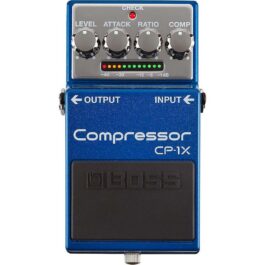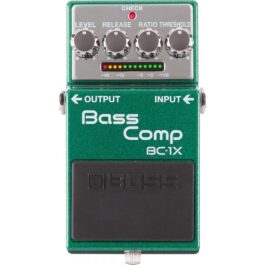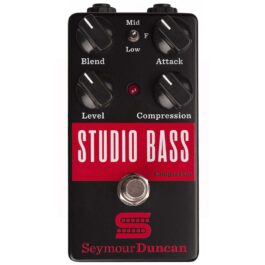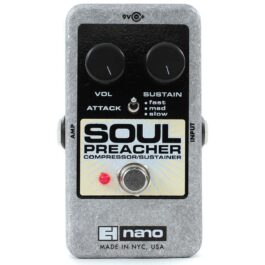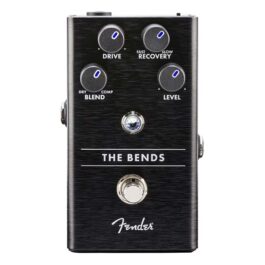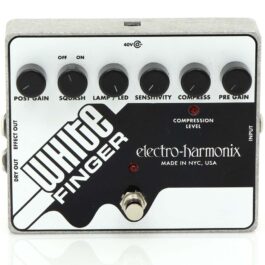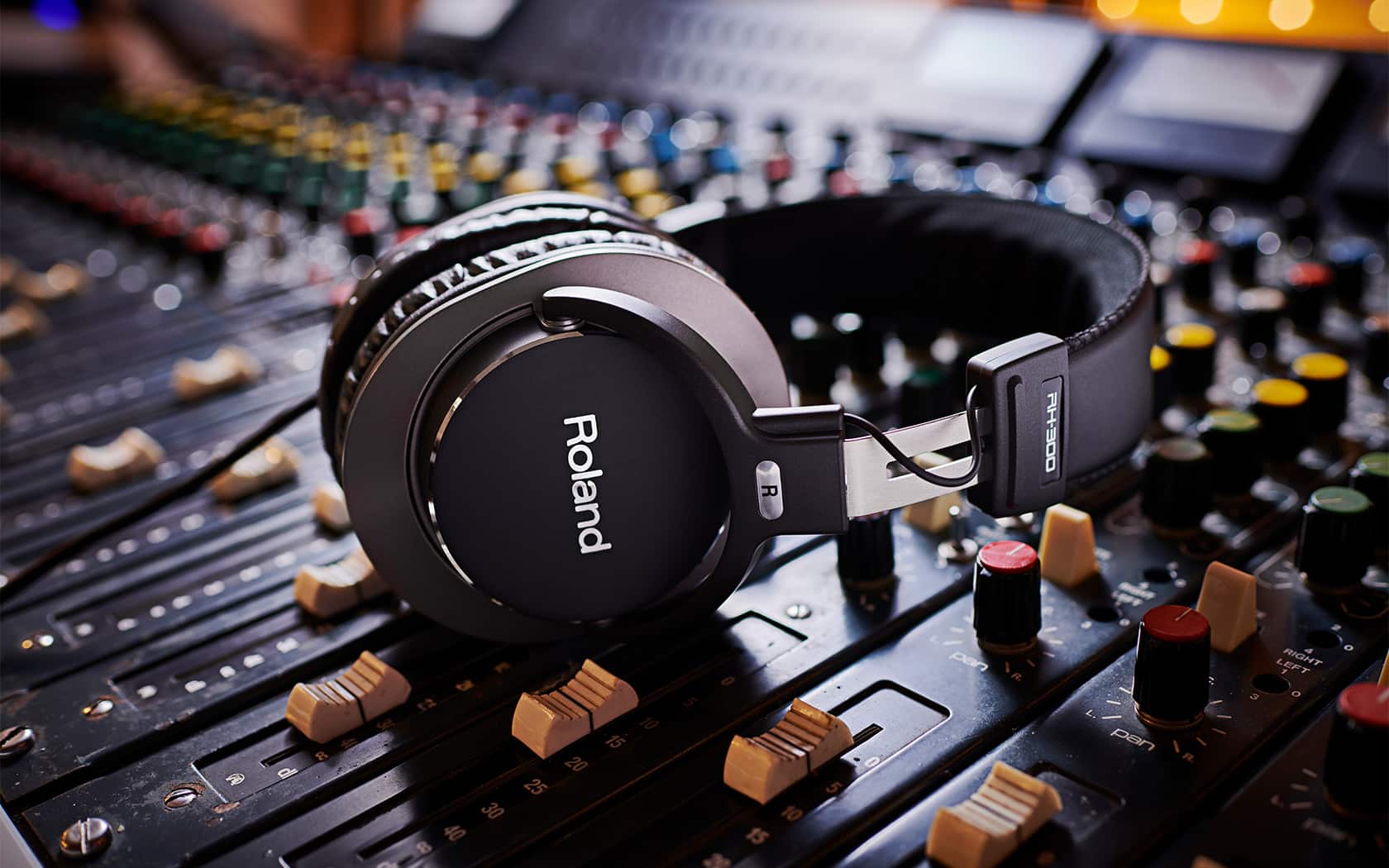
Compression Explained!
Compression Explained!

With what seems like thousands of different effects pedal options, it’s easy to get distracted and lose sight of what you really need to sound great. One of the most often overlooked effects is the compressor. Although wildly underrated, a compressor pedal is an absolute game-changer, and a “must-have” on a pedal board, especially for live gig use; be it for guitar or bass!
Let’s start with the basics; what does it do?
Simply put, a compressor allows you to take the harsh, loud parts of your signal down in volume, while increasing the volume of the quieter nuances. This is done by decreasing the volume of all parts of the signal above a certain point, and then increasing the overall volume. This results in a balanced signal, that increases sustain and allows all elements of your playing to be heard clearly.
Take a listen to the impact a compressor can have on your guitar or bass sound in these videos!
The Controls
To achieve this, a few elements need to be properly balanced. Let’s go through what those are, and how they work!
Threshold:
First up is threshold. This controls from which point (loudness) you want to start compressing (quietening) your signal. Anything below your threshold won’t be compressed.
Ratio:
The Ratio determines how much compression will be applied to the section within your threshold. This setting will usually be found in the form of 4:1, 6:1, 8:1 etc.
For example, if a ratio of 8:1 is set, for every 1db the signal goes above your threshold, 8db of compression will be applied. The higher your ratio, the more aggressive your compression will be.
Makeup Gain:
At this stage you set how much you’d like to increase your overall signal once it’s been compressed, as a lot of level will be lost during compression. Makeup gain brings your signal back to an ideal level.
It’s important to note that some compressors do not have this control. In this case, the makeup gain is set automatically.
Attack/Release:
Attack and Release set how long the compressor acts for. With Attack setting how quickly after the signal has peaked over the threshold, the compression will begin, and Release controlling how long the signal will be held at that point.
Shop for your next Compressor pedal below!
-
- Guitar & Bass, Guitar Compact Pedals, Guitar Effects
Boss CP-1X Compressor Effects Pedal
-
R4,985R3,490FREE DELIVERY - Select options
-
- Bass Compact Pedals, Guitar & Bass, Guitar Effects
Boss BC-1X Bass Compressor Effects Pedal
-
R6,995R4,895FREE DELIVERY - Select options
-
Request Stock
- Out of Stock
- Bass Compact Pedals, Guitar & Bass, Guitar Effects
Seymour Duncan Studio Bass Compressor Effects Pedal
-
R6,995R5,245FREE DELIVERY - Select options
-
-
Request Stock
- Out of Stock
- Guitar & Bass, Guitar Effects, Guitar Compact Pedals
Electro-Harmonix Soul Preacher Compressor Effects Pedal
-
R2,195R1,865FREE DELIVERY - Select options
-
-
- Guitar & Bass, Guitar Effects, Guitar Compact Pedals
Fender The Bends Compressor Effects Pedal
-
R5,395R4,585FREE DELIVERY - Select options
-
Request Stock
- Out of Stock
- Guitar & Bass, Guitar Effects, Guitar Compact Pedals, Bass Compact Pedals
Electro-Harmonix White Finger Analogue Compressor Pedal
-
R2,195R1,865FREE DELIVERY - Select options
-
Getting into compression, and learning how to make it work for you can present a bit of learning curve, but armed with this basic information, a compressor will take your sound to the next level!
Like this article?
GET MORE LIKE IT SENT TO YOUR INBOX
with our weekly email newsletter.
Leave a comment
You may also like


Why YOU should play the Ukulele!



